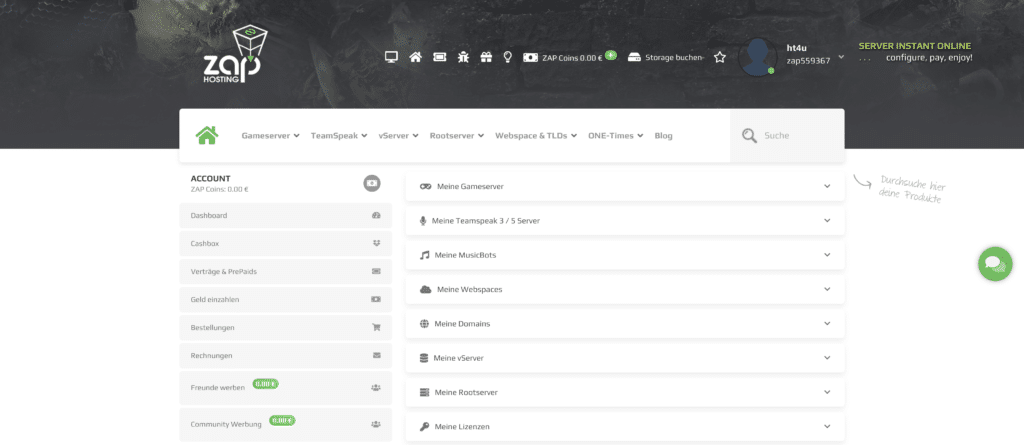
These protective wears are packed in laundry bags and send to Decontamination Centre (DC). During the course of work, it is quite possible that protective wear may get contaminated. Protective wear (like boiler suits, hand gloves etc.) is essential while handling radioactive material in plants/laboratories. International Nuclear Information System (INIS) The private reprocessing of occupational clothing by the employees at home must be rejected on hygienic principles, and is furthermore prohibited by law in Germany. 0.5–1 cfu/25 cm.Conclusion: Considering various publications on pathogen transfers and outbreaks due to contaminated laundry in medical facilities, the treatment of laundry, in particular the uniforms, must be given more attention, also in nursing homes for the elderly.


Clothing prepared in private homes showed significantly higher contamination rates than those washed in the certified external laundry or in the nursing homes themselves (Median: vs. The staff’s clothing was processed in 25 homes by the external laundry, in 9 homes by the internal laundry, and in 12 homes, the nursing staff had to do this privately at their own home.Used coats exhibited significantly higher contamination than freshly prepared ones (median: 80 vs. Only (70% provided uniforms for their employees. Regular technical or microbiological tests were carried out in 16 or 12 of the home-owned laundries, respectively. 23 (52% of the homes also ran a laundry of their own in 21 of these, laundry was reprocessed and disinfected in an industrial washing machine.
Fungsi reign of kings dedicated server professional#
Handling of laundry in nursing homes in Frankfurt am Main, Germany, 2016 – laundry and professional clothing as potential pathways of bacterial transferĭirectory of Open Access Journals (Sweden)įull Text Available Background: In accordance with the German Infection Protection Act, the treatment and handling of laundry was checked by the Public Health Department in 2016 in all Frankfurt nursing homes with special focus on the staff’s clothing.Methods: On-site visits and surveys were conducted in all 44 nursing homes in Frankfurt/Main, Germany, and random microbiological examinations of 58 reprocessed and 58 already worn protective gowns were performed to determine the numbers of the colony forming units (cfu and microbiological differentiation of the pathogen species.Results: 41 (93% of the 44 homes tested had contracted a certified laundry service. The clothes of the gods were regularly washed by specialized craftsmen in Neo-Babylonian temples (Bongenaar 1997: 304ff.), but who did the laundry of ordinary people? It is symptomatic of the character of Neo-Babylonian documentation that a simple question like this one is difficult to answer: while

Decontamination and detergency of the clothes were estimated after washing and the wastewater was also analyzed for its properties.

In the second stage, real working clothes contaminated with radionuclides from the RWTF were washed by using a laundry machine equipped with a detergent-free system. In the first stage, washability of the processed water from the detergent=free laundry system was investigated with regard to its decontamination efficiency for the radionuclides and the detergency for the soil by using the test cloth specimens. The experiment was performed in two stages. If the clothes contaminated with radionuclides and soil decontaminated and cleaned by washing without using detergent, the problem caused by the detergent could be solved naturally. In this study, a new laundry system to wash clothes without using detergent (detergent-free) was applied to wash clothes contaminated with radionuclides at the RWTF of KAERI. Washing of Cloth Contaminated with Radionuclides Using a Detergent-free Laundry SystemĮnergy Technology Data Exchange (ETDEWEB)


 0 kommentar(er)
0 kommentar(er)
